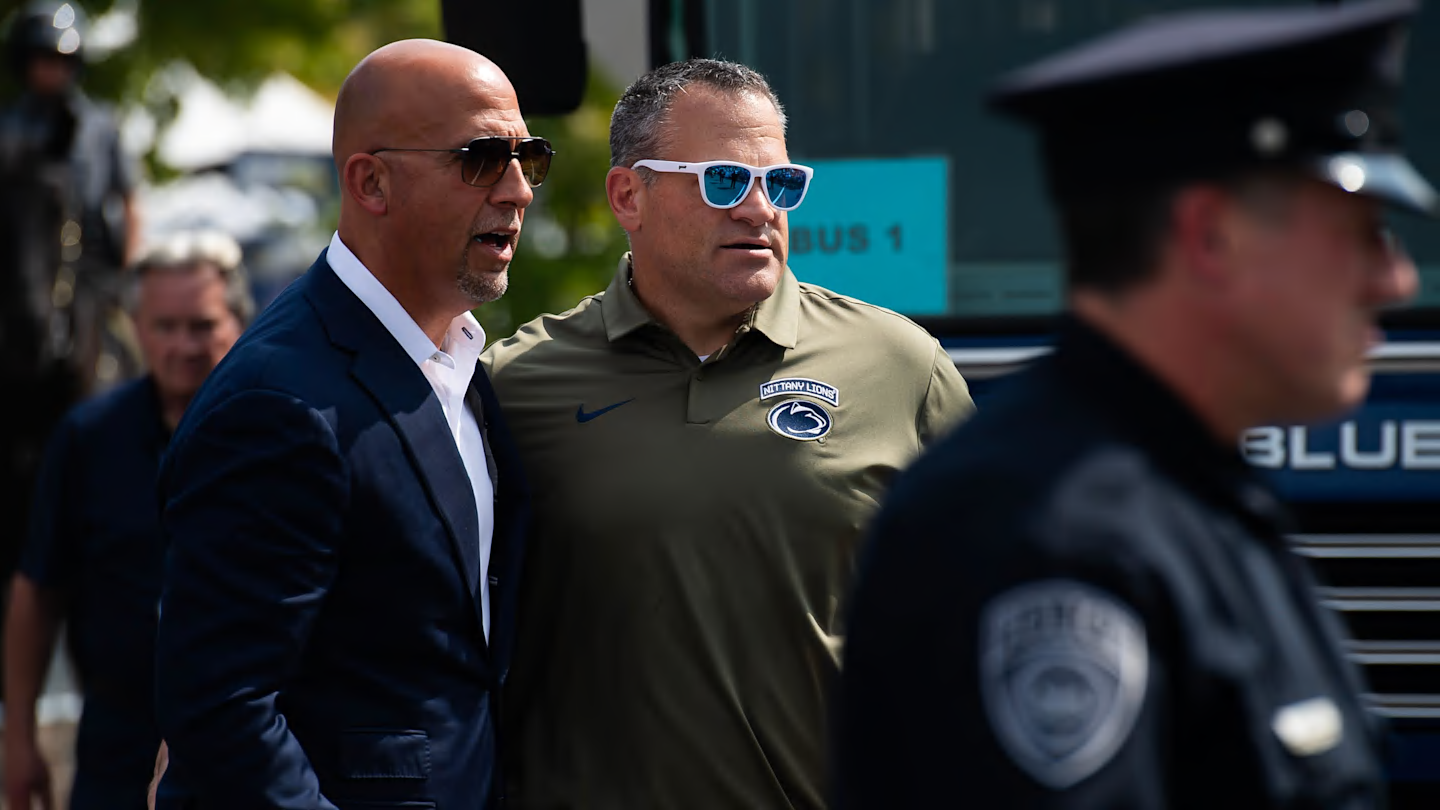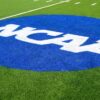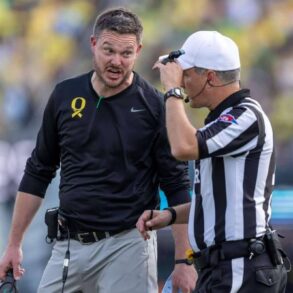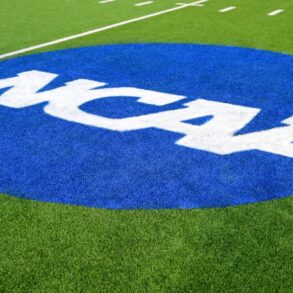
As college football wrestles with who’s to blame regarding NIL, Penn State seeks to curb those issues by embracing a different model. As Penn State Athletic Director Pat Kraft said recently, Name, Image and Likeness opportunities will shift focus in a revenue-sharing world.
The pending House vs. NCAA settlement will permit college athletic departments to share $20.5 million in annual revenue with athletes, and most of that money will go to football players. Penn State is likely to share about $16 million of that revenue with football, directing the rest to its basketball teams, wrestling team and other Olympic sports.
But even as revenue sharing approaches this summer, NIL remains a sensitive subject in college football. Tennessee reportedly parted ways with quarterback Nico Iamaleava after what the program called a de facto holdout over his NIL contract.
Penn State has avoided these sorts of public negotiations, as Franklin and his staff have kept them in-house. The Nittany Lions certainly aren’t immune to requiring renegotiations, or Drew Allar, Nicholas Singleton, Kaytron Allen, Dani Dennis-Sutton, Zane Durant and a host of others would not have come back for the 2025 season.
But as Kraft said recently, Penn State wants to view NIL differently.
“So how about we change the narrative of NIL,” Kraft said. “It’s marketing now. It’s marketing dollars.”
What does Kraft mean? Penn State’s athletic department will share revenue with (or pay) players from its budget. Beyond that, it wants to incentivize players to create brand value, and revenue, by marketing their names, images and likenesses.
Penn State recently consolidated its internal and external NIL initiatives under the umbrella of ROAR Solutions, which will become a marketing hub. Penn State athletes can pursue deals through Happy Valley United, the official collective. They can learn about branding through the university’s Brand Academy and develop media content with the help of LaVar Arrington’s DisruptU-PSU. They also benefit from corporate deals negotiated by PlayFly, which holds Penn State’s media rights.
Penn State will spend to the max of the revenue-share total, which Kraft said is expected to increase by 4 percent annually. Beyond that, Kraft wants athletes to cash in on their personal brands, backed by the brand of Penn State Athletics.
“I think what people think of the traditional NIL piece is where we need to be,” Kraft said. “You have to keep looking and you’ve got to continue to do what you got to do. But in this new system, you’re going to have to show fair market value. And this is where the power of Penn State is a huge asset, because fair market value for the starting quarterback at Penn State, it’s pretty good. We’ve got to lean into that and with our business partners. And so that’s kind of the new world of name, image and likeness.”
As for revenue sharing, Franklin wouldn’t commit to a dollar figure, in part to keep it private (as he does with negotiations) but also because the details constantly shift. Asked recently about Penn State’s NIL plan by Mike Poorman of Statecollege.com, Franklin said this:
“We’re playing our season, having to make plans for NIL and the transfer portal like everybody in the country, and you had to have those deals done before the transfer portal closed because that affected people’s decisions,” Franklin said. “Then also you didn’t completely know or understand all the rules of engagement and how it’s going to work out because it was still being worked through in court. So this is a challenge all over the country.
“A lot of coaches are talking about this. A lot of ADs are talking about this. A lot of commissioners are
talking about this. It’s challenging. I think moving forward, after you get through year one of revenue sharing, you’ll have a structure that you used in previous years that went well and you want to build on it or some things you want to tweak and get better. To your point, that’s why this is so challenging, you’re having to make decisions and having to move forward really before you have all of the information and all of the guidelines.
“Decisions are still being made today, not only in the courts, but also with commissioners and AFCA, and all these things. So very, very challenging. I think your question is a good one. Obviously not going to get into the specifics and the details, but that’s what’s made this so challenging, is it’s not like right when we decided we were going in this direction that all of rules were mapped out for everybody and the guidelines. They’re still changing as we speak. So, it’s been an interesting year for everybody.”
More Penn State Football
This post was originally published on this site be sure to check out more of their content.







